Preconceived ideas
A child who sits awkwardly or carries a heavy schoolbag can develop scoliosis.
No behavior can trigger or aggravate scoliosis.
Studies show that carrying a heavy load is not responsible for the onset or aggravation of scoliosis. Backpacks are preferable to wheeled satchels, which impose asymmetrical traction on the back. However, it’s important to avoid excesses and not to exceed 10% of the wearer’s weight.
A word of advice: Encourage your children to get moving and promote their sporting activities!
Children with scoliosis should be excused from sport
No. There is no contraindication to sport in the case of scoliosis. On the contrary, regular exercise is recommended.
Sport helps children to cope with the discomfort of the corset, improve their respiratory function and strengthen their back muscles. Certain “high-risk” sports (acrobatic gymnastics, wrestling, rugby, etc.) are less recommended. However, all sports can be practised, even at the highest level.
Scoliosis is a hereditary disease
No, but the partly genetic origin of scoliosis has been confirmed. The risk of developing it is multiplied by 10 if one of the first-degree relatives has scoliosis.
In 2011, a geneticist at Lyon University Hospital, Professor Patrick Edery, showed that a defect in two genes – on chromosome 3 and chromosome 5 – was responsible for certain familial forms of idiopathic scoliosis.
Since 2014, we still know a little more, but the research must continue.
Being overweight can lead to scoliosis
On the contrary. The most severe childhood scoliosis tends to occur in children who are malformed. On the other hand, being overweight can make detection and treatment more difficult.
Scoliosis can be prevented with good bedding
Spinal pain and poor bedding can certainly be linked. But scoliosis is a three-dimensional deformity of the spine, and can’t be explained by poor posture.
Surgery is the best way to treat scoliosis
No, idiopathic scoliosis does not cause pain. But during growth and adolescence, frequent back pain is an opportunity to detect possible scoliosis. Screening is simple, quick and within the reach of all parents: simply lean the child forward to spot two signs, a gibbosity and a skylight at waist level. Watch our video here !
Scoliosis treatment prevents normal growth
On the contrary. It’s the deformation of the spine that causes centimetres to be lost. As the spine straightens, it gains inches again.
Surgery should only take place after the famous growth peak.
High heels aggravate or cause scoliosis
High heels increase lumbar lordosis and therefore pain. But they do not trigger or aggravate any structural anatomical deformities such as scoliosis.


